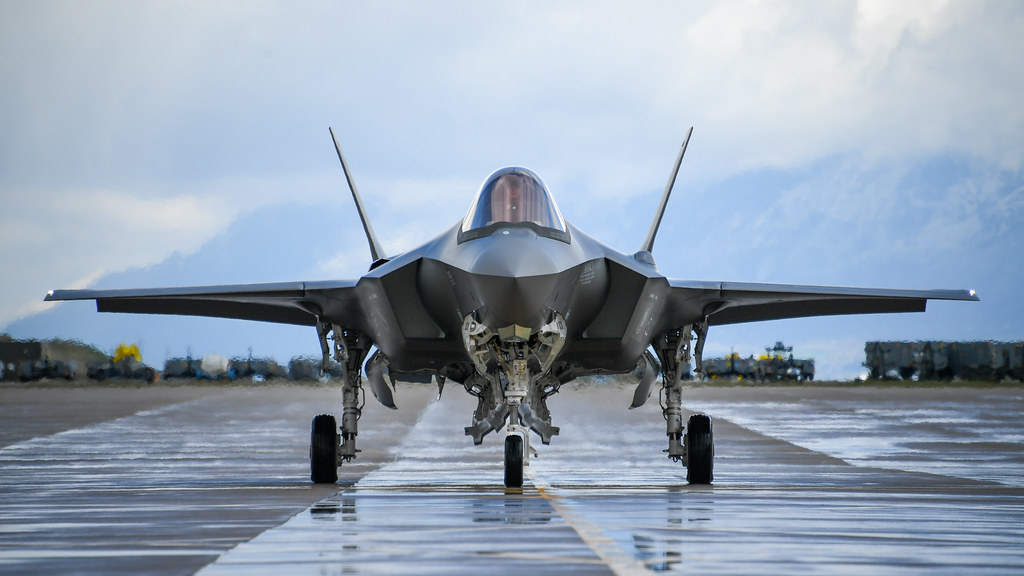
An exercise over Europe could be an unexpectedly beneficial combination for the Ukrainian Air Force. It is a collaborative effort on data transfer between the fifth-generation American stealth fighter F-35 Lightning II and the fourth-generation Soviet fighter MiG-29. In reality, the F-35 could become a key player in Eastern Europe and the Ukraine conflict.
A NATO exercise over Poland was recently conducted. During this exercise, Polish Air Force MiG-29s and Royal Netherlands Air Force F-35s flew in tandem. Surprisingly, this exercise also served another purpose: training for Air Policing, a common air action in both war and peacetime. F-16 and Rafale fighters also took part.
However, one of the pairs of F-35s and MiG-29s that took off from Malbork Air Base in Poland demonstrated an unexpectedly good relationship. The two fighters exchanged information and intercepted a fictitious enemy target. Aside from intercepting conditional targets, the two fighters coordinated actions to secure the flights of two Polish cargo planes that were also taking part in the exercise.
Unexpected opportunities
Many experts are already expressing their interest in the combination of a fourth-generation Soviet fighter and a fifth-generation Western fighter. This is significant because it may present an unexpected opportunity for NATO, allies, and the Ukrainian Air Force.
Vijainder K. Thakur, an Indian Air Force veteran and military expert, has an interesting point of view. According to him, this exercise demonstrated the F-35’s ability to transmit data to the MiG-29 and thus guide it. It is most likely about detecting enemy targets that outdated Soviet radar cannot detect today, but F-35s can.
The F-35, like drones, can direct artillery fire at a MiG-29, though the target does not appear on the Soviet fighter’s radar.
The F-35 can use the MiG-29 by flying behind it, and the MiG-29 serves as the weapon system. To put it another way, an F-35 stationed over Poland can send targeting data to Ukrainian MiG 29 fighters flying over Ukraine. As a result, the F-35 will not violate Ukrainian airspace, and even if it is detected by a Soviet fighter’s radar, it will remain in NATO’s safe air zone. As a result, the F-35 becomes a visible sensor in a confined space.
It turns out that, despite their technological differences, the two fighters are as close as they can get when working together in a joint operation. So far, no such tests have been conducted, but the war in Ukraine has engaged many NATO military tacticians in seeking solutions to problems that have emerged during the conflict.
Regardless of their joint training, the two fighters are fundamentally different. For starters, their functionality differs. The MiG-29 is an air superiority fighter, whereas the F-35 is a multi-role stealth fighter. The technology is so different that even the most experienced MiG-29 pilot, according to some experts, would struggle to fly the F-35 without extensive and rigorous training.
Eight F-35 fighters from the Royal Netherlands Air Force [RNLAF] are currently stationed in Poland. They are part of NATO’s operation in the region to provide deterrent actions in the event that the war in Ukraine escalates. These planes do not stay on the ground, but rather conduct various pieces of training on a weekly basis or daily missions along the Ukrainian border.
The Dutch F-35s’ air operations are overseen by the Polish Air Operations Center in Warsaw and NATO’s Combined Air Operations Center in Wedem. According to various sources, some of the Dutch F-35s were escorting Russian aircraft flying near NATO areas over the Baltic Sea.




